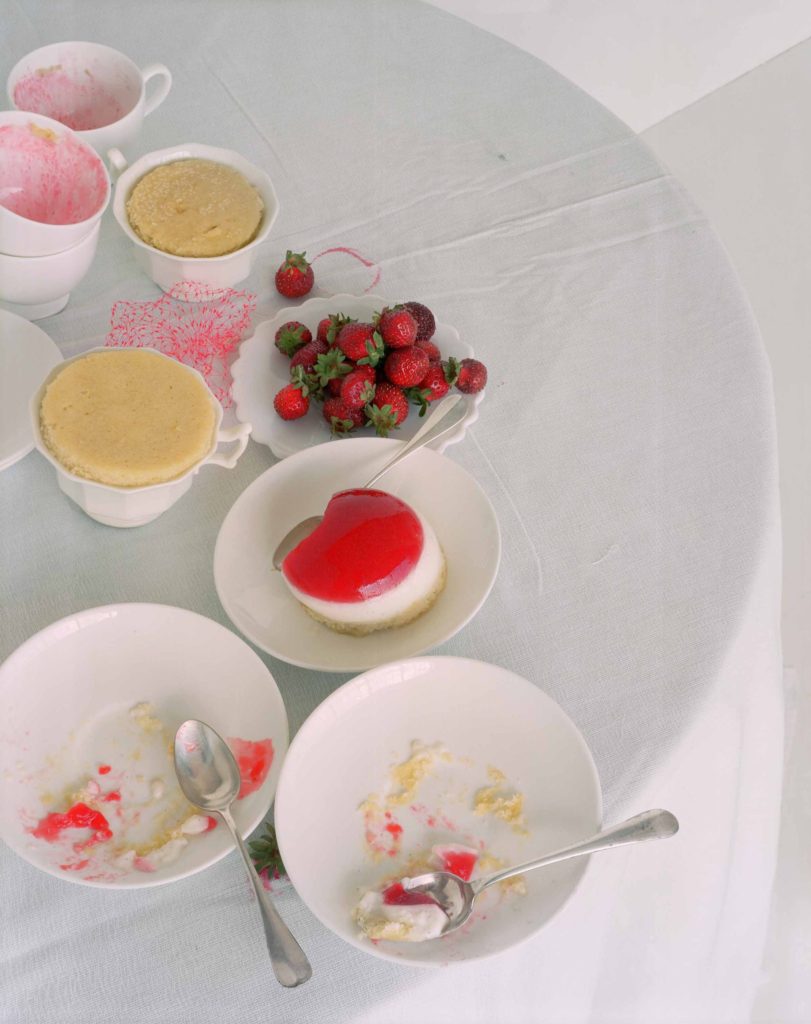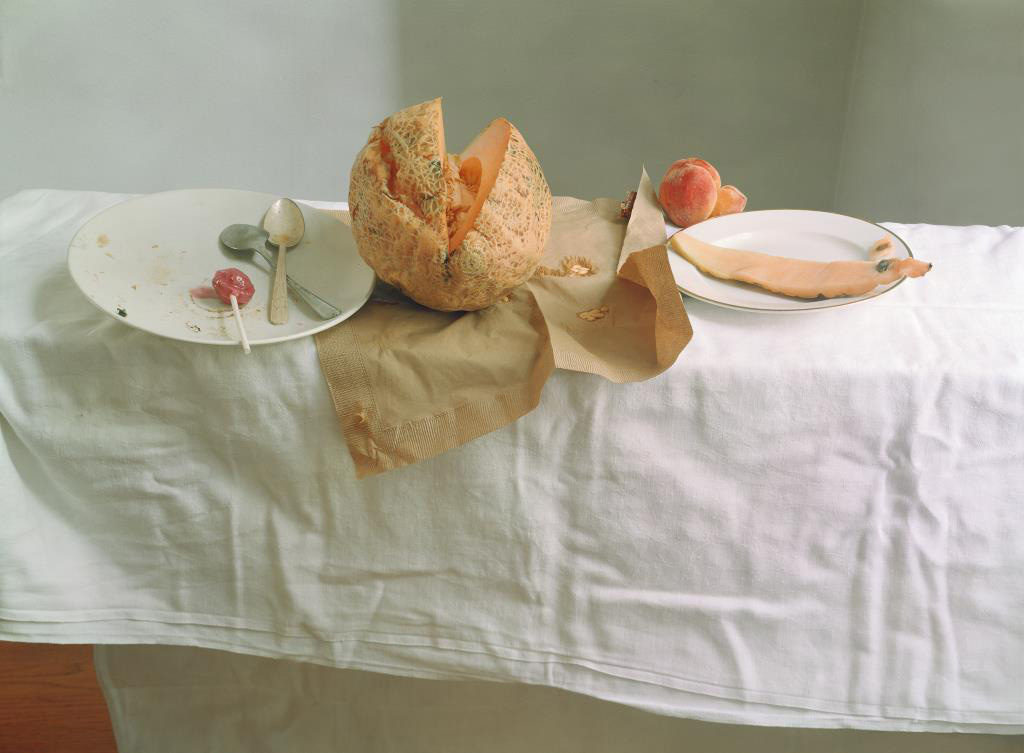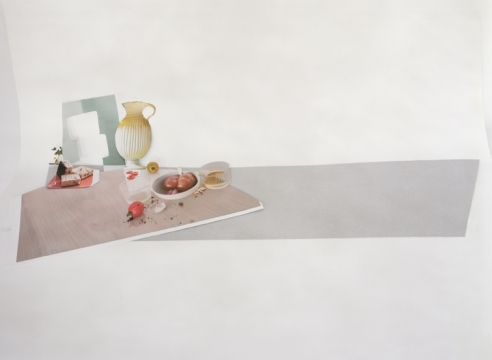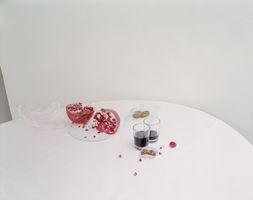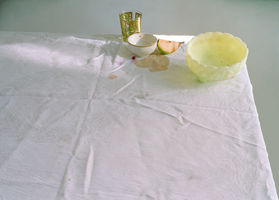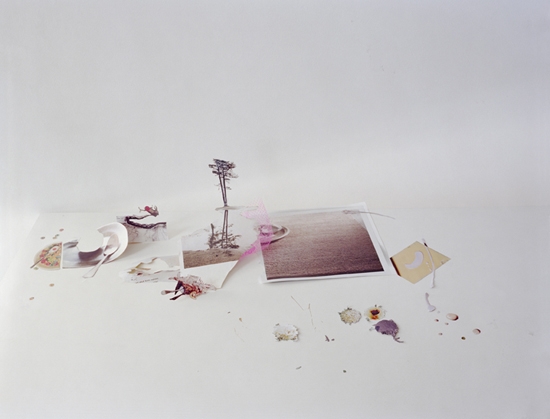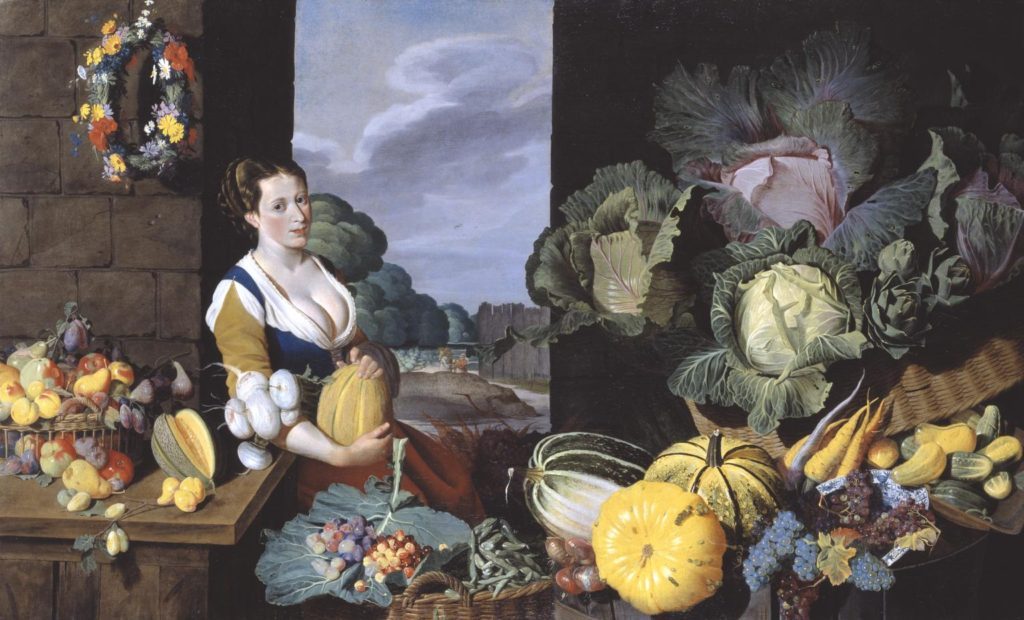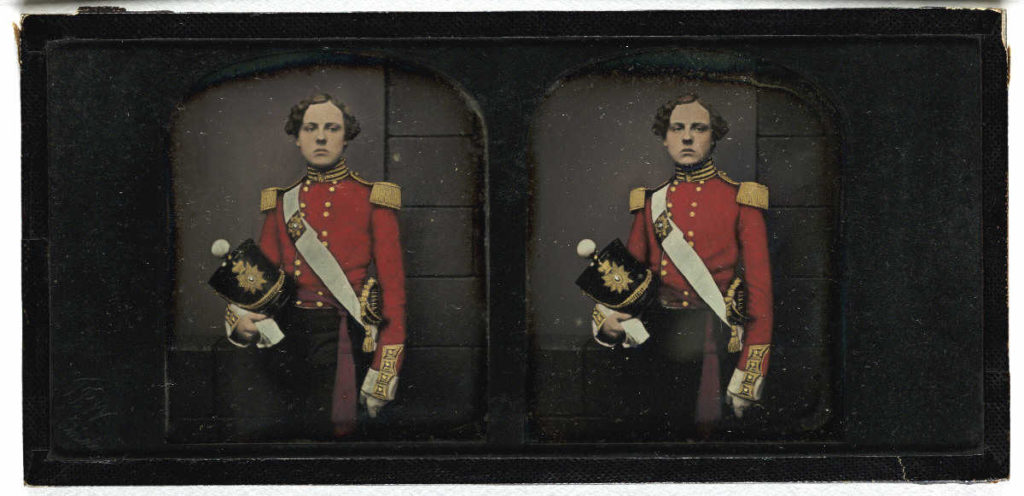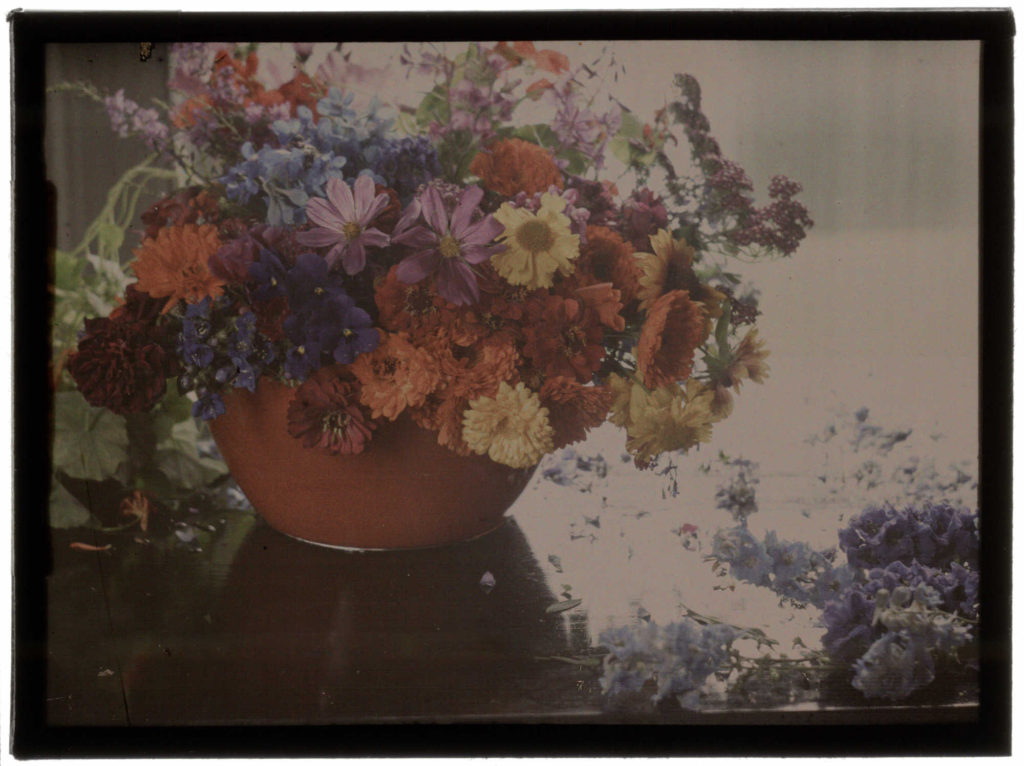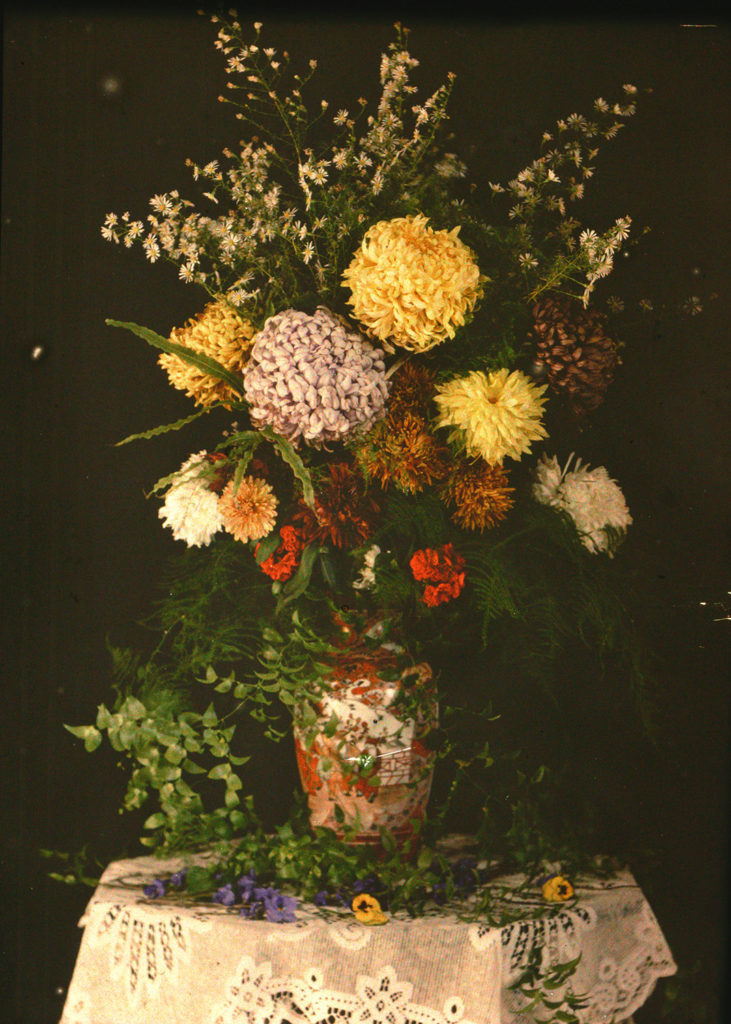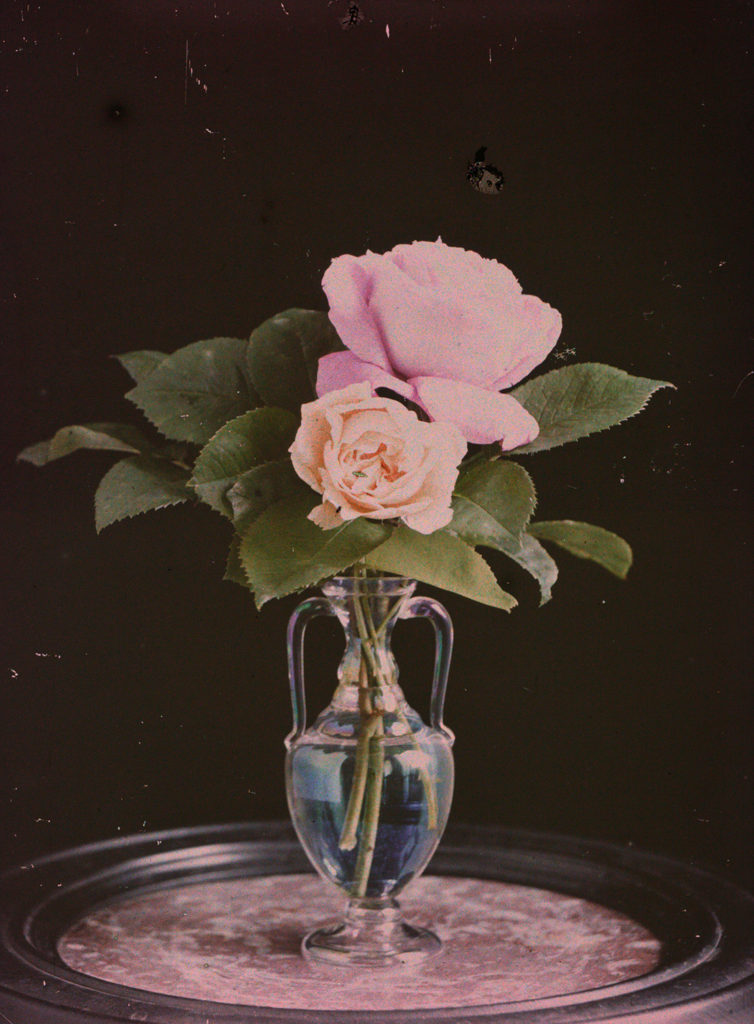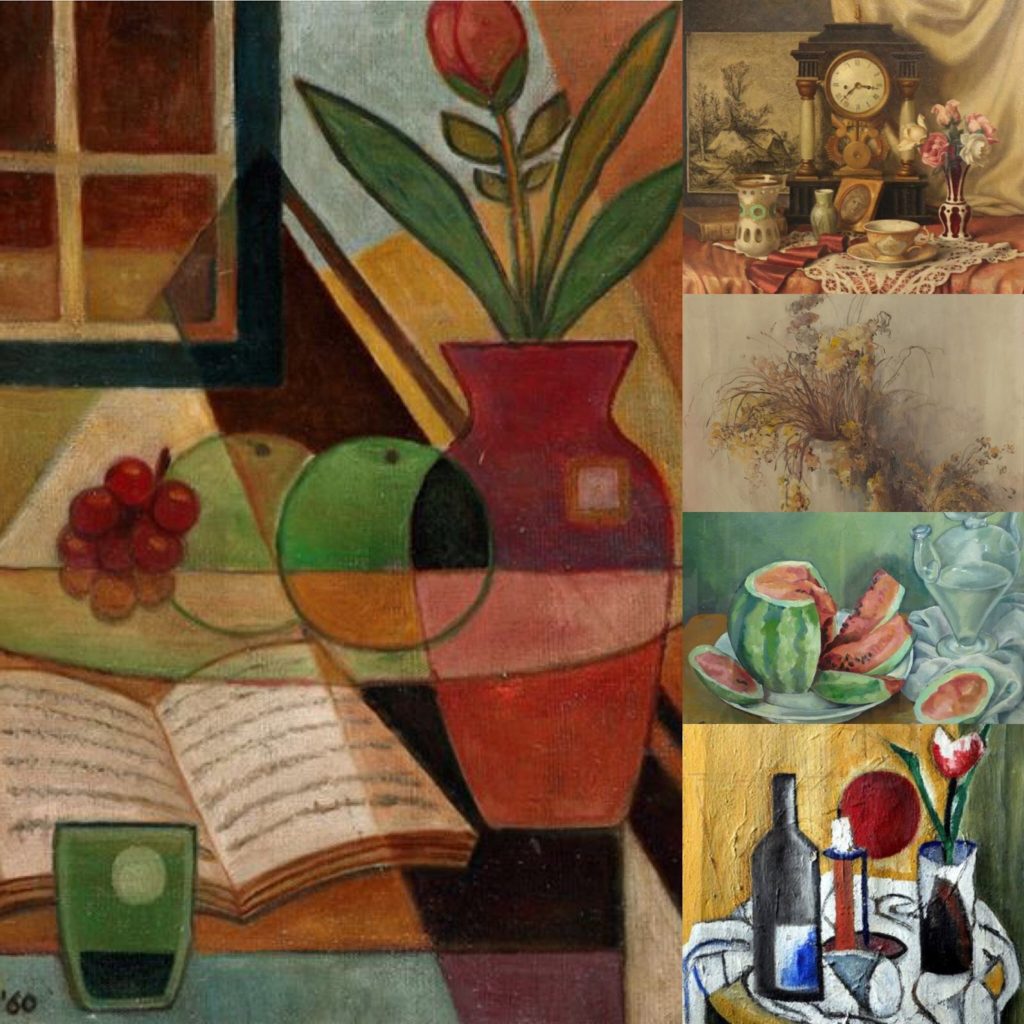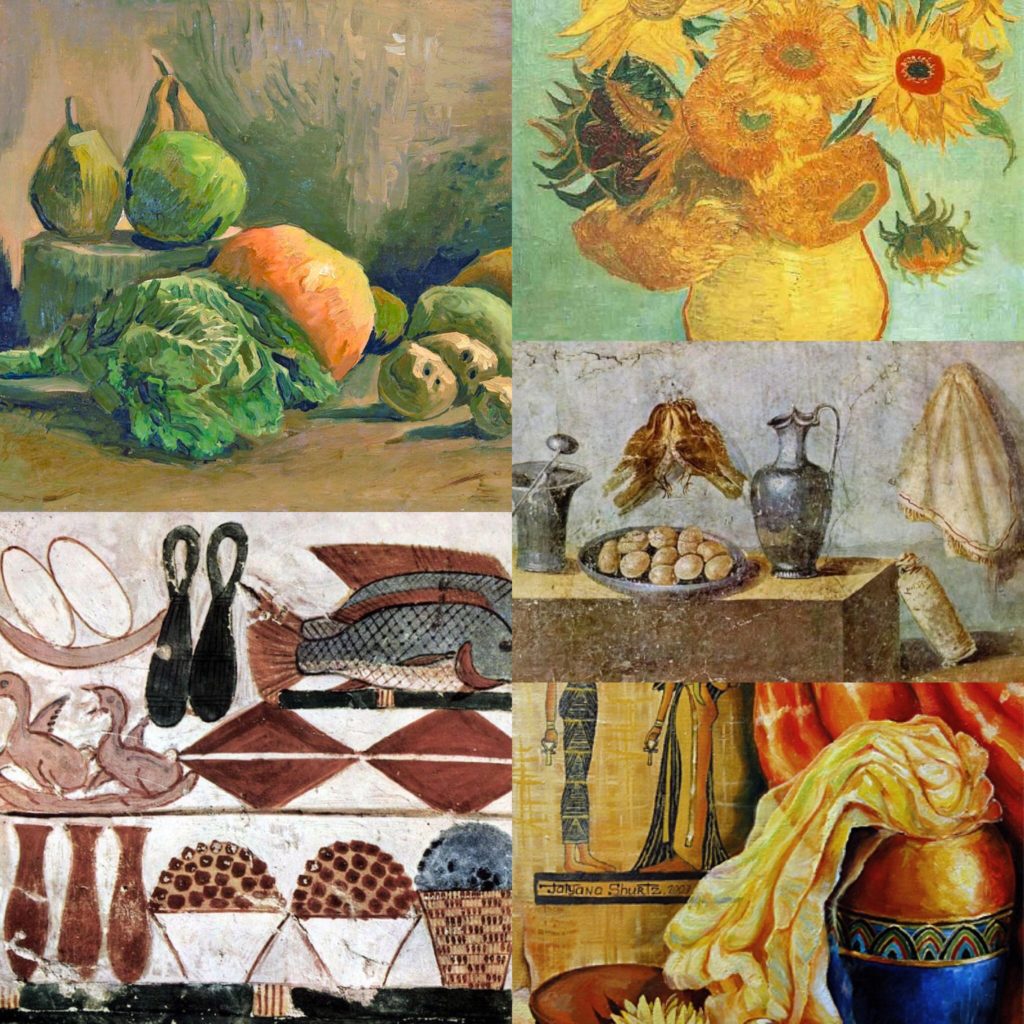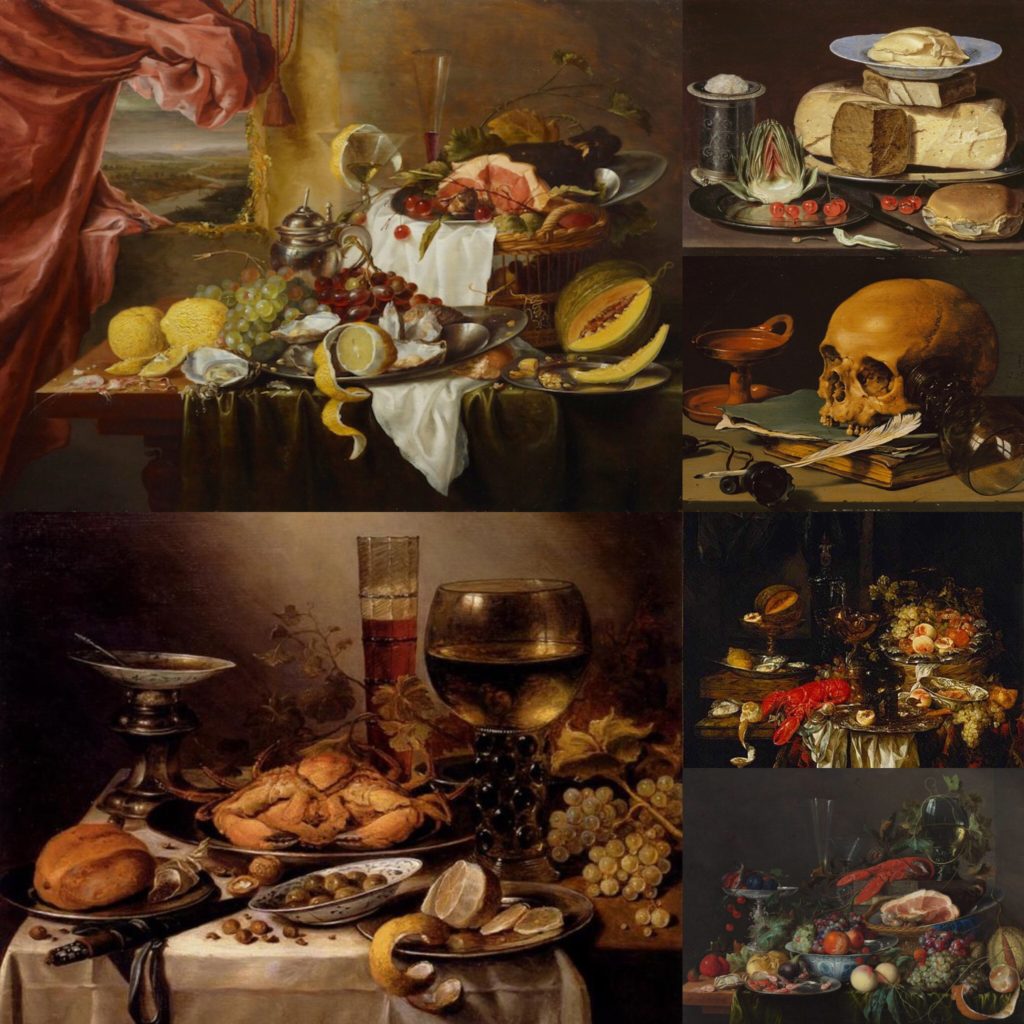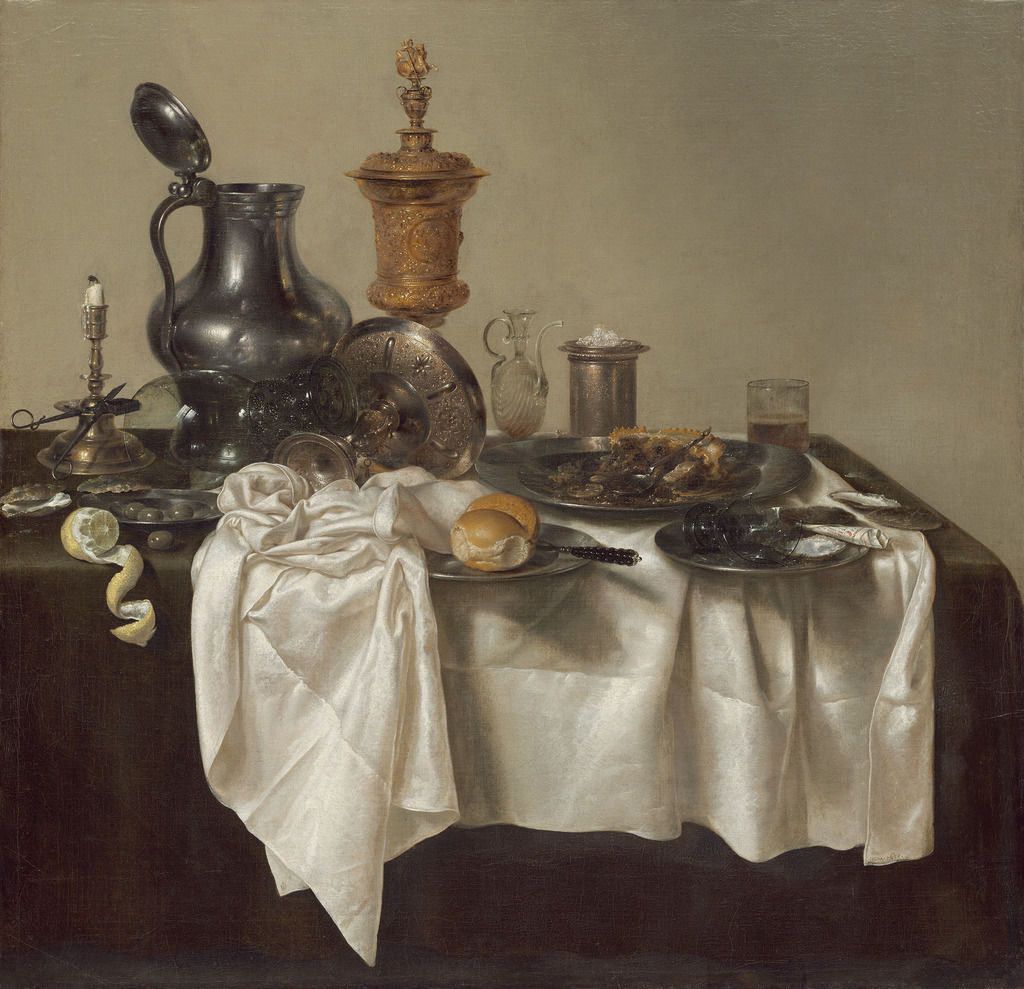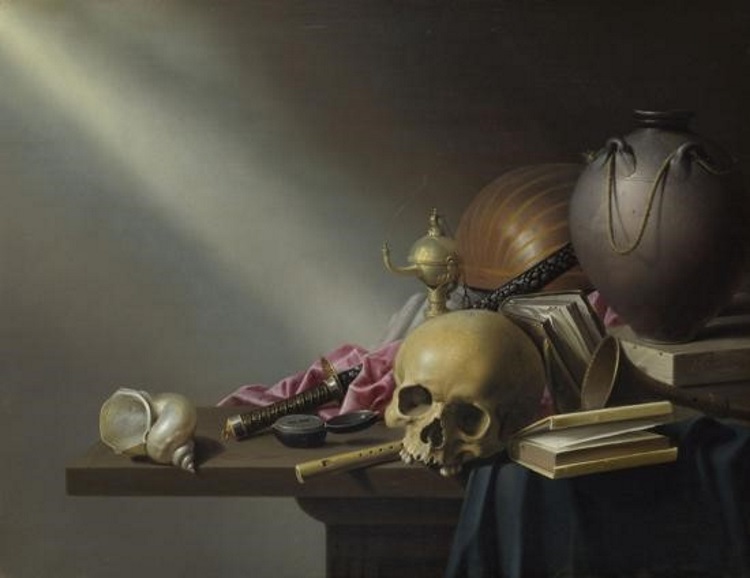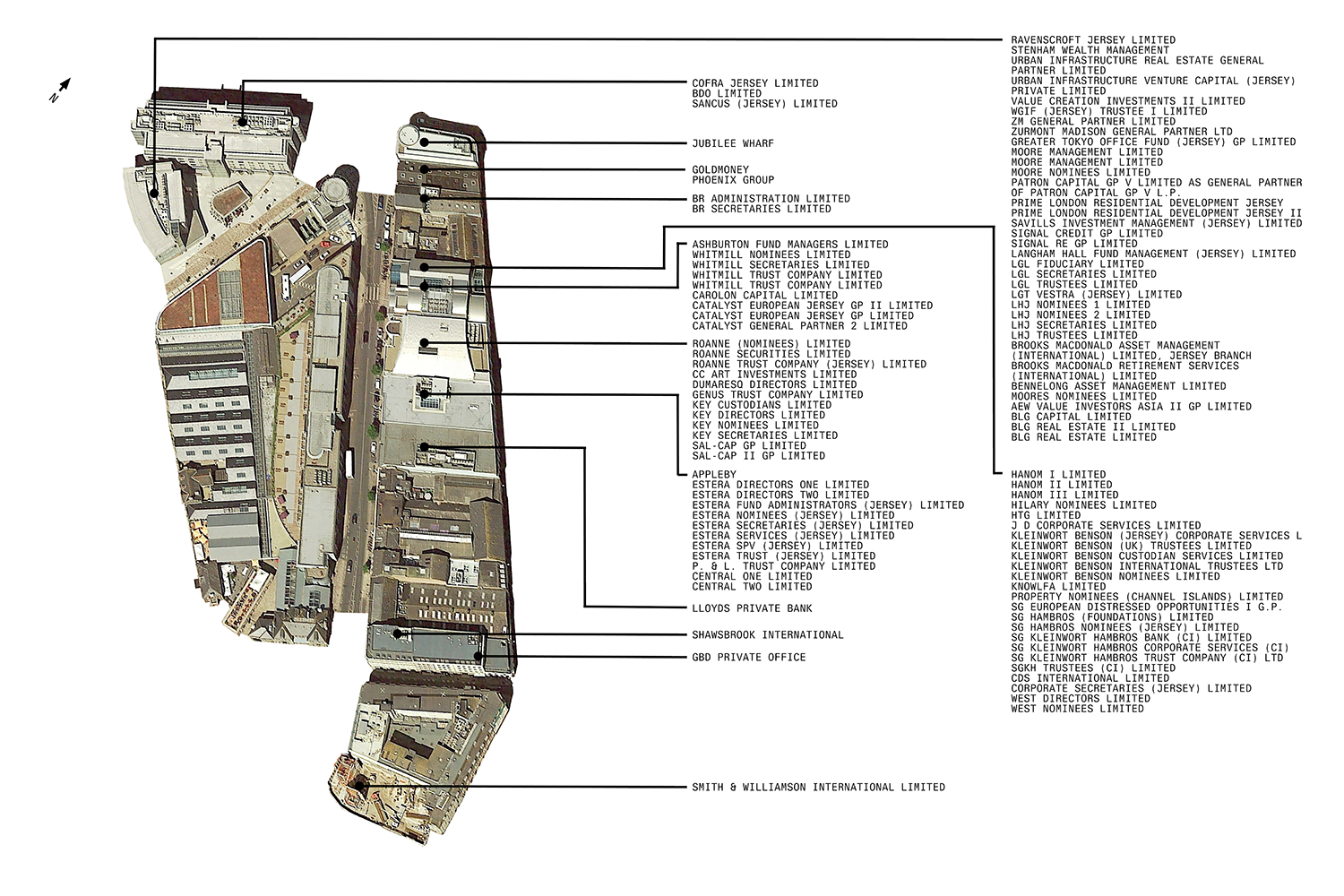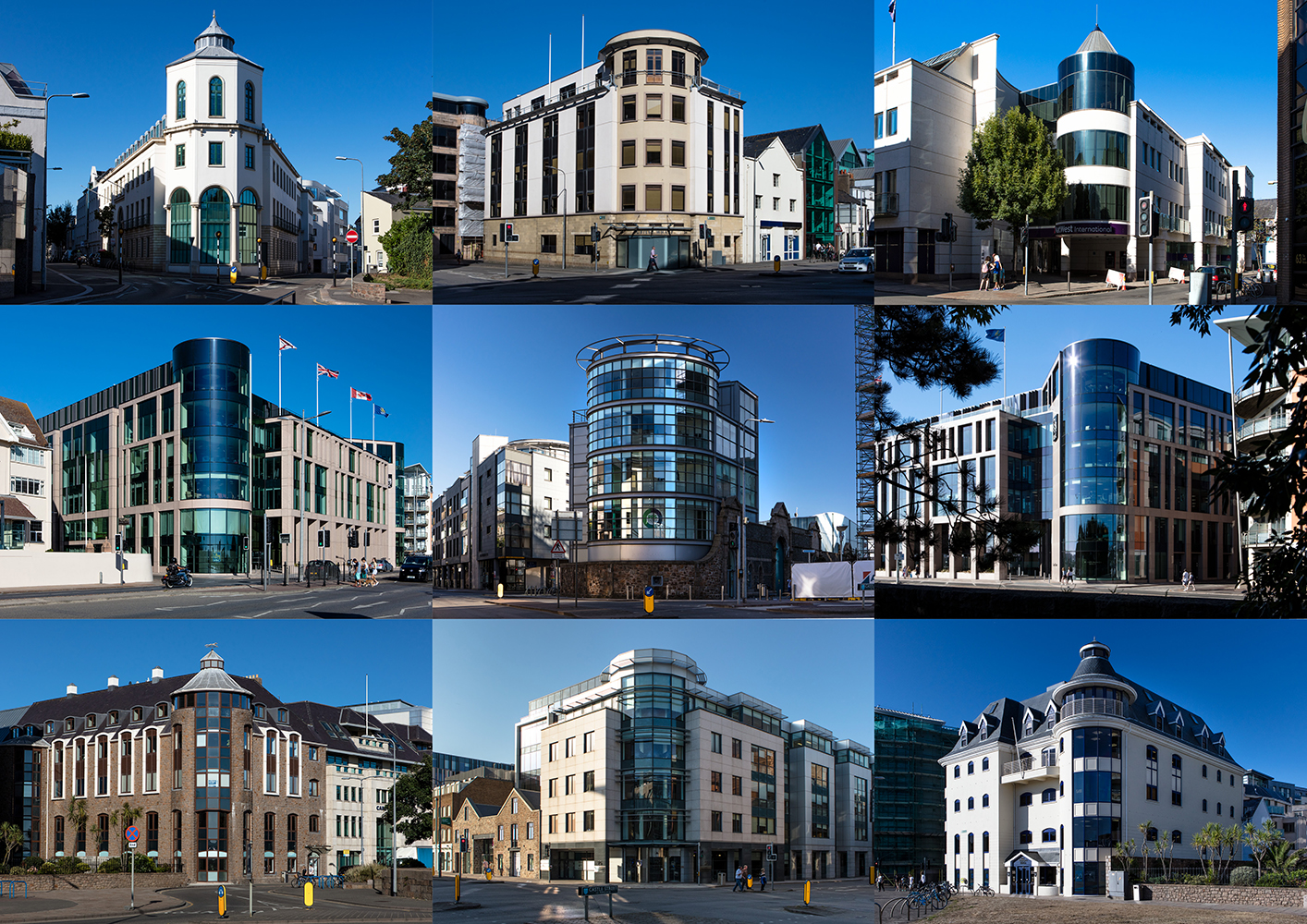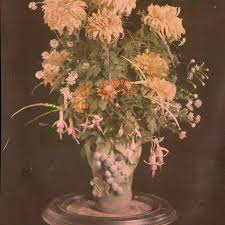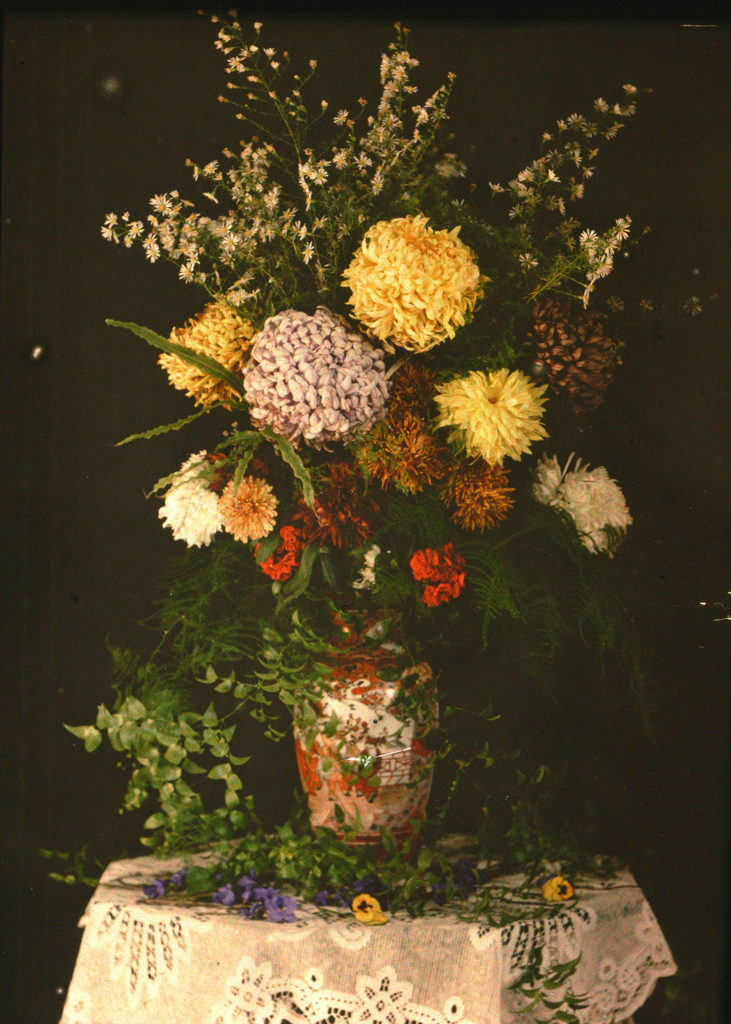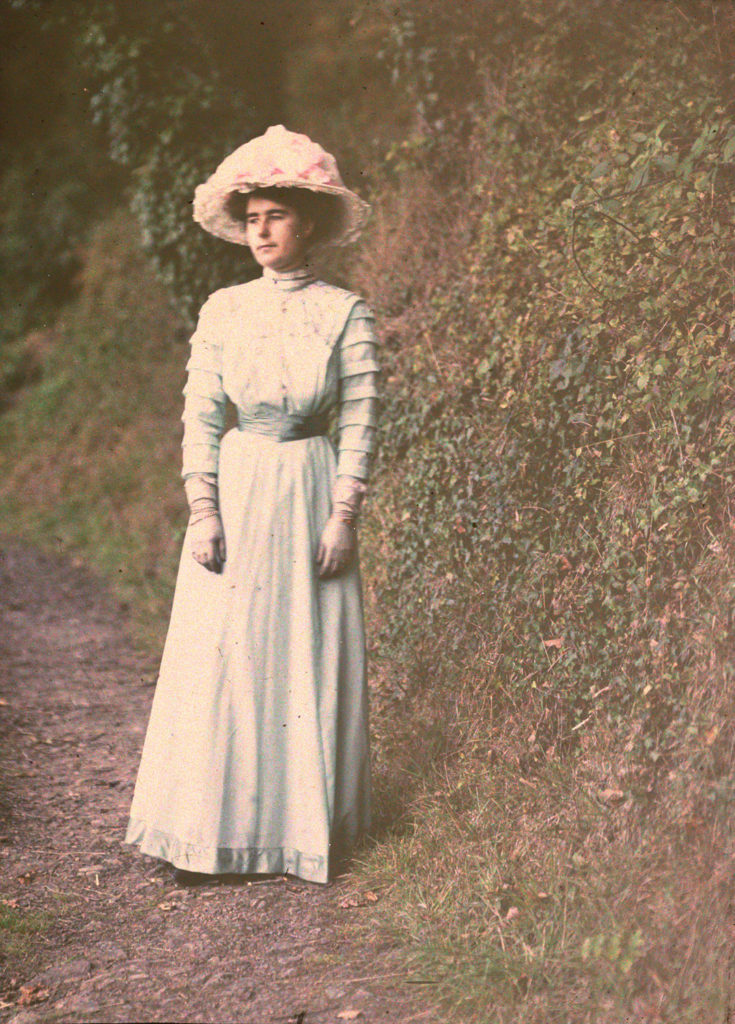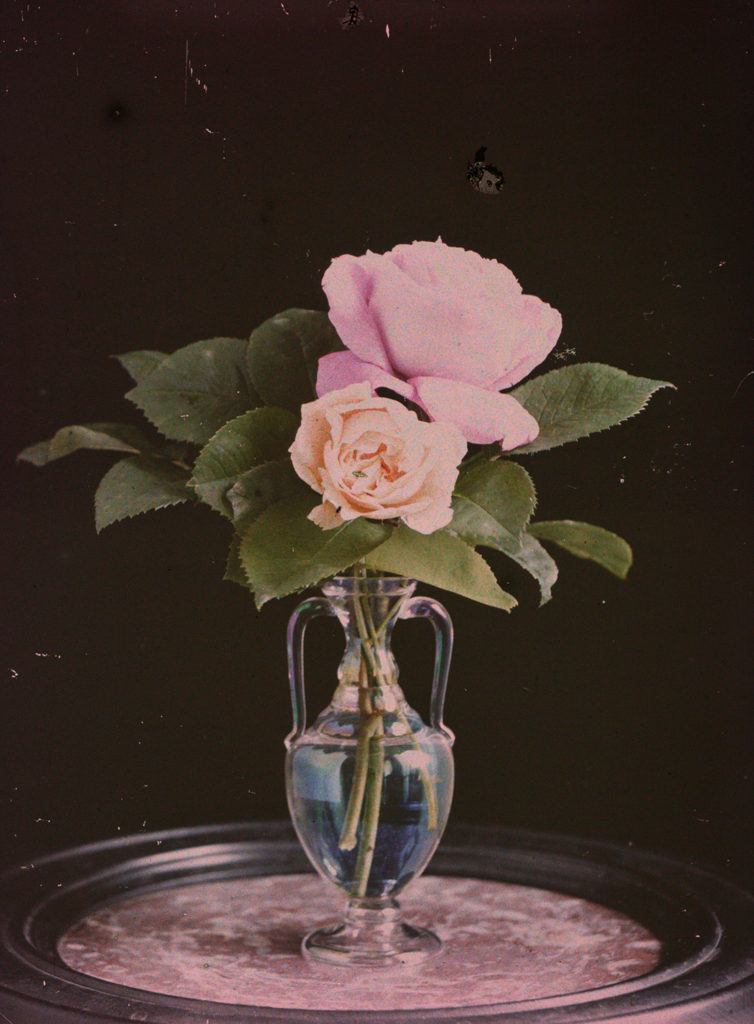Laura Letinsky is a Canadian photographer, who graduated from Yale School of Art in 1991. At present she is teaching her expertise and the Visual Art University in Chicago. Her initial interest was in portrait photography, but soon moved to still life where she focuses on capturing food, and the symbolism for the food. It is said that she uses photography to convey our understanding of relationships and love. Her investigation of still life is in associations with femininity, the minor arts, and its imbrication within the home as the space of intimacy.
“Still lifes provides her with the potential to explore the false dichotomy between the personal and the political.”
The Quote above is suggesting that this style of photography is allowing Letinsky to explore the contrast of people and political viewpoints through objects, in this case leftover food and crockery. Letinsky’s carefully crafted scenes often focus on the remnants of a meal or party, as she plays with ideas about perception and the transformative qualities of a photograph. Her close photographs on this subject enables us to understand the beauty of the objects that we take for granted.
Mood Board Showcasing Imagery From ‘Hardly More Than Ever Series
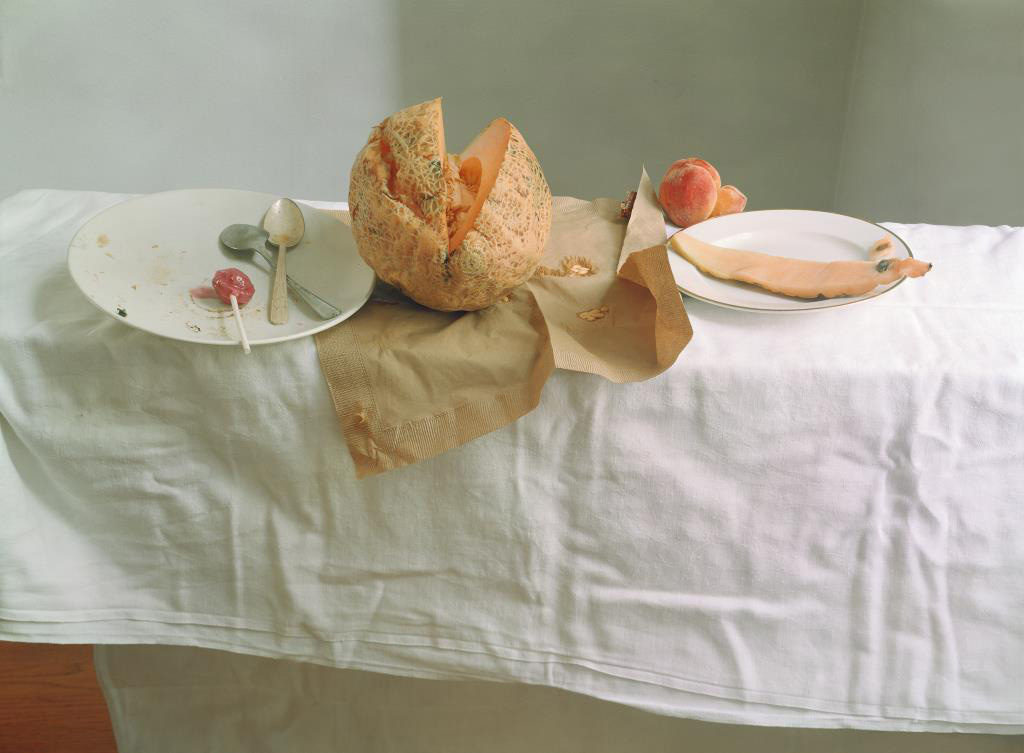
The photograph above is my favourite photograph from her ‘Hardly More Than Ever’ photographic series. The work showcases the transformation of still life painting from the 16th century into the 21st, with the main difference being the photograph being presented in colour and is a high resolution photograph. The photograph is taken as a landscape with the main focus point being in the centre of the frame, the half eaten melon. The colours are very dull and monotone, whites blacks and greys, which is similar to the classical outlook on still life imagery. This contrast the yellow/orange/green melon located in the centre reinforcing this as the main focal point. In addition, the background is kept simplistic, in order for attention to remain on the symbolic representation of the fruit. In Letinsky’s work the left over food is symbolic for inner beauty. Contextually, melons where considered a way of expressing a males fantasies of the female figure, having this melon broken showcases feminism in the present and the ideology that woman are not objects. The table cloth is creased, which creates a sense of mess and uncleanliness which adds to the overall tone and mood of the Letinsky’s work. The main formal elements which are being presented within the composition is shape, texture and space through the artificial positing of the food.
Conceptually, Letinsky wanted to capture the inner beauty of woman, through breaking the historical stereotypes and objectifying of woman through the half eaten melons and the uncleanliness of the table. This also helps to showcase the contextual transformation that still life imagery has undergone in today’s society, with new meanings and symbolism being presented through the objects.
Technically, the photograph uses simplistic camera settings, allowing the symbolism and the conceptual factors to be the importance of the photograph. The shutter speed used to capture the photograph is quick due to there being no intended blur within the frame. The ISO is low due to soft artificial lighting, created through studio lights which have a cold tone, due to there being no noise or texture through the light source. The white balance shows colour accuracy of the environment to which the photograph is set in, and allows the monotone colour scheme to really be emphasised. The aperture used to capture this still life image seems to be low due to the large depth of field it has, although the background begins to slightly to blur showing that there a small use of this technique within the work.
Action Plan:
After reviewing a contextual and contemporary version of still life I have been able to develop and understanding of the importance of this type of imagery. I have learnt that the positing of items is important as it allows the clarity of the symbolic representations to be clearly shown, thus making it something I need to consider when I capture my still life imagery. Photographic wise I have learnt that I should implement simple camera settings such as quick shutter speed, low ISO and some what low aperture, with soft cold artificial lighting to be used. when I capture my still life I will be copying the stylistic features of Letinsky, however showing experimentation through depth of field and positing of the items within the table. I intended to produce a strong set of still life photograph which showcase a symbolic representation of the Occupation through the technique and outlook stated above.

